India to Paris in a Renault Kwid part 4: The home run
The final leg of our journey takes us through scenic old towns, past important landmarks and onto the German autobahns as we make it to Paris.
Published On May 13, 2017 08:00:00 AM
11,689 Views
Follow us on
The mass of white at the back is the famous Volga river!
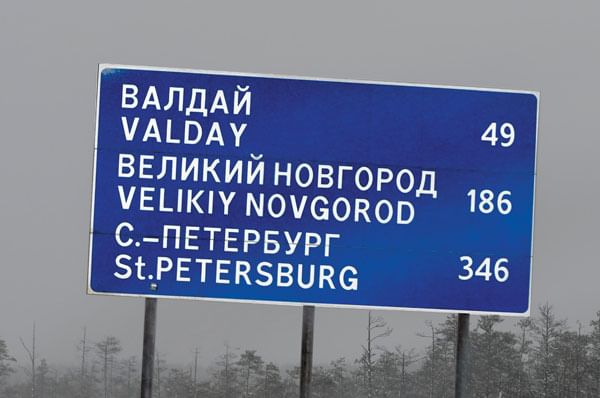
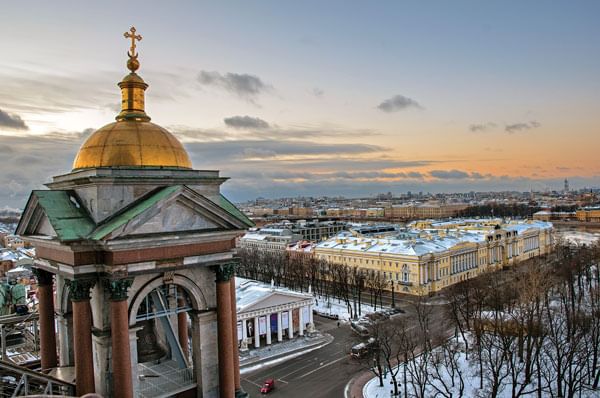
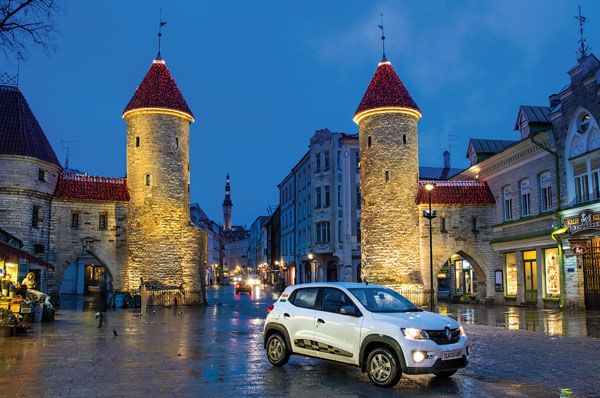
Eastern Europe is full of picturesque old towns. This is at Tallinn, Estonia.
North by north west
Leaving Moscow wasn’t easy. Partly because of the snowfall. And partly because photographer Ashley and videographer Mrityunjay just wouldn’t stop shooting! Moscow has that effect. Eventually when we did hit the highway, speeds increased but so did the snowfall. Not a biggie though. The Ceat snow tyres were doing their job really well, and call it acclimatisation, but the cold wasn’t pinching us as much anymore. Seriously, -2deg feels like a summer’s day if you’ve been through -23!
The highway we were on connects Moscow and St Petersburg and hence sees a lot of foreign tourist traffic. As foreigners ourselves, we were glad to see the welcome return of road signs in English. Our destination for the day was Veliky Novgorod. While the regular highway would have taken us there, we went for the quicker option of the new expressway. The speed limit was up to 110kph (from 90kph) and despite the snow, it was easy to keep the pace. Toll cost was the equivalent of Rs 220, but notably it was the first toll we had paid since we left China a few thousand kilometres ago! I hope India’s powers that be are reading this. With nothing but snow and ice on either side of the expressway’s guardrails, the Russian countryside looked like a giant skating rink. So much so that at one point, it was only our GPS that told us the mass of white alongside the road was the famous Volga river! We made good time on the 400km-plus journey but it was already dark by the time we reached our destination. When you are travelling northwards in the winters, you are always racing against the clock to catch daylight.
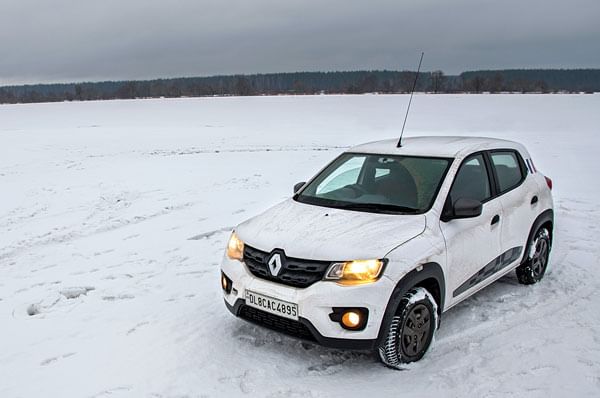
The next day started with a tour of Veliky Novgorod. It’s a town of historical significance as it is said the Russian state originated here in AD 862. The town’s Kremlin is also one of the oldest in Russia, having been originally built in the 9th century. Inside the Kremlin stands the golden-domed Cathedral of St Sophia. Built in AD 1050, it is the oldest church in Russia. Quite a place.
We punctuated the day’s short drive to St Petersburg with a halt at a Renault dealership where the staff took keen interest in the Kwid. Cars with less than 70hp get certain tax concessions in Russia and learning how well the Kwid had managed in Russia’s cold seemed to give the showroom executive ideas. Renault, if the Kwid becomes a hit in Russia, you know whom to thank.
The grandeur of St Petersburg
If Moscow is Russia’s political capital, St Petersburg is its cultural capital. It’s a city that’s seen the highest of highs and the lowest of lows. While no more than a swampy marsh on the coast of the Baltic Sea for much of its existence, the area that is modern St Petersburg was coveted right from the 13th century on, because whoever controlled the region, controlled the trade routes. It was Peter the Great who finally ousted the Swedes from the region in the early 1700s and founded St Petersburg, eventually making it the capital of his empire. Successive rulers alternated between St Petersburg and Moscow as their capitals, though the vulnerability of the former to a German attack prompted the Soviets who took over in 1917 to move the capital back to Moscow. The city saw its darkest days during World War II when the Nazi forces surrounded it for over 900 days, cutting all supplies. Over a million people are said to have died during that period. In the post-war era, the city became home to artists and liberal thinkers and even today it’s got a very different vibe to the rest of Russia.
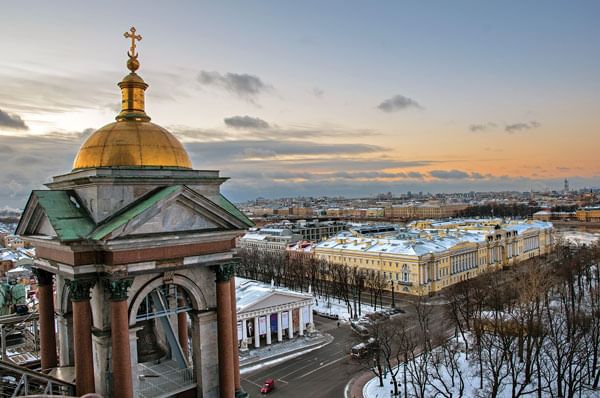
In fact, it not only feels like a European city but it looks like one too. Peter the Great wanted his capital to look as European as possible and had European architects design the city. Seeing the sights through the windscreen of the Kwid, we realised the scale of the grandiose of St Petersburg’s main area. Literally every building looks like a work of art. To my eyes, some buildings stood out more than the others, one of them being the Church of the Saviour on Blood – a structure reminiscent of Moscow’s St Basil’s Cathedral. St Petersburg is also home to one of the great museums of the world – the Hermitage. As luck would have it, we were in town on the one day of the week it is closed.
Interestingly, St Petersburg is also called the Venice of the North thanks to the umpteen canals that cut through the city. But at this time of the year, boating isn’t possible. Note to self: visit St Petersburg in the summers, and during the period of White Nights when the sun doesn’t descend enough for it to get dark. For a city that offers so much to do, you do need all the time in the world.
The next day, we were to bid adieu to Russia and cross into the European Union through Estonia where we’d also be joined by Doug Revolta from Autocar UK. He’d spent a fair bit of time with the Kwid in India but never thought he’d reunite with one in his own backyard.
European union
It’s fair to say that the Kwid’s journey from Russia to Estonia didn’t exactly go according to plan. Representing Autocar UK, I was due to help with the final leg of the journey from Tallinn to Paris. But when I arrived in the Estonian capital there was no sign of the car, or the team. Eventually, an exhausted Autocar India crew turned up later that night at the hotel, with tales of a four-hour hold-up crossing the border from Russia. Both Estonian and Russian authorities were clueless as to what a car registered in India was doing so far away from its country of origin.
They cross-questioned the team separately to get a better understanding of what they were really up to. Still unconvinced, they moved the team to an inspection shed along with the cars. After lot of explanation, and even more inspection, the crew was made to buy green card insurance for both cars, and only then let through.
The next morning, we headed out to take some photos of the Kwid in Tallinn’s Old Town, but even leaving as early as we did, the snowy streets were still cluttered with cars and navigating around proved to be a tricky affair that involved a lot of “look out for that tram!”
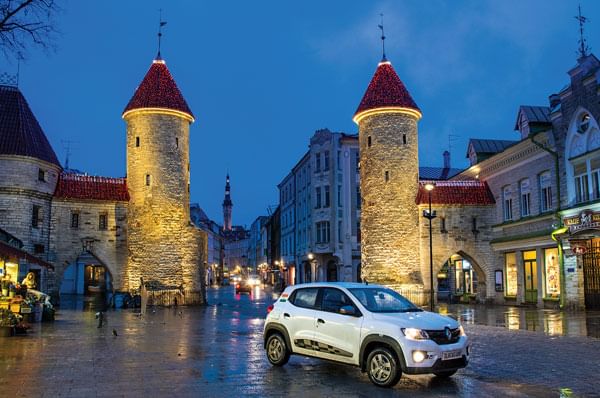
We found a picturesque spot, complete with cobbled streets and old towers, filmed the Kwid, then hit the road, but I was still bleary-eyed and quiet from my first early start of the trip and the shock of the cold. Rahul, Jay, Ashley and Mrityunjay, on the other hand, were all razor- sharp, clearly well-drilled from weeks of the same routine in challenging conditions and grateful for the comfort of big, conventional European hotels.
Our route through Estonia didn’t include any expressways, but had long country roads through stretches of forest with strict 90kph speed limits and aggressive lorry drivers attempting fearless overtakes. Progress was steady, but slow.
We paused in Latvia for lunch and some more snowy photos, before powering through to our overnight stop in Kaunas, Lithuania – our third country of the day. The team had to recalibrate their sense of distance because from covering a country over a couple of days, they were now covering a couple of countries a day.
In the morning, we headed to yet another old town – eastern European cities have a wealth of them – and soaked up the history and architecture. We were surrounded by snow, and it was cold; but my shivering complaints fell on the deaf ears of my colleagues who, not that long ago, were driving in -23deg C. A quick glance at the Duster’s temperature gauge read 0deg C. I stopped moaning.
I got behind the wheel of the Kwid for the first time to take it across the border into Poland. The last time I drove the Kwid was in India, down the Konkan coast in 2016, and it was the 0.8-litre version. The extra poke in the 1.0-litre is noticeable, but the biggest shock to me was that everything worked. We are talking about a car that has already been through thousands of kilometres in extreme conditions, and it costs just Rs 4 lakh! And there’s nothing wrong with it. Astonishing...
Snow-covered hills in Poland gave us the perfect backdrop for some more photos of the little marvel, and we ploughed through the capital, Warsaw. We were grateful for the extra grip from the winter tyres as night fell and the gentle snowfall became a blizzard.
The home stretch
The policeman looked at me quizzically. I couldn’t blame him. Just what on earth was I doing driving a car with Indian number plates in Germany? A very fair question, and one that I had asked myself several times over the past few exhausting days. He checked our documents, saw all was in order, and waved us on. Even when you’re sticking to the speed limits, it’s hard to look inconspicuous driving in a convoy with two Indian cars in Europe. We rejoined the motorway and eventually left the snow behind.
Since leaving Warsaw, it had been pretty smooth sailing on well-maintained big expressways. The sleepy old towns in Eastern Europe had become a distant memory as we blasted past big German cities on the way to Berlin for our overnight stop. Berlin is a city known for its nightlife, so in the interest of, ahem, giving you the full picture, we headed out to a local restaurant to sample some well-earned hearty German food and beer. Suffice to say, it surpassed expectations.
In the morning, we headed for the Brandenburg Gate, one of Germany’s most famous landmarks. Built in the 18th century, the Brandenburg Gate has been witness to a lot of Germany’s history. Napoleon has led a procession through its columns in the early 19th century, and it was also where the call for a unified Berlin and Germany picked up momentum at the tail end of the Cold War. Today, it is seen as a symbol of peace.
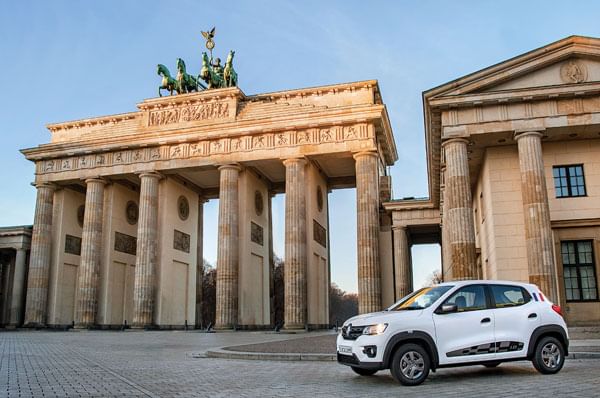
Back on the road with Cologne on our GPS, it wasn’t long before we hit the glorious autobahn – a stretch of derestricted expressway in Germany where you can go as fast as you want. It sounds too good to be true, like it can’t exist – but it does. One thought crossed our mind – “Max it out.” With Rahul behind the wheel, he waits for a gap in traffic, pulls into the fast lane, slams his foot to the floor and waits. The engine howls in response, wind and road noise cranks up to 11. The Kwid’s acceleration isn’t breathtaking, but it still manages to squeak up to 174kph – a ridiculous number considering its meagre 1.0-litre three-cylinder engine – overtaking cars that cost 20 times as much. A strange sensation, I can tell you that. We reach our hotel in Brühl, on the outskirts of Cologne, and the sense of relief and achievement is obvious among the Autocar India team members as Paris comes within touching distance.
It’s the final countdown. We’re met with a beautiful wintry morning. It’s pretty busy, but the traffic eventually clears into the afternoon and we pass through Belgium without even noticing it – such are the relaxed borders in mainland Europe – and see the first road signs directing us to our final destination, Paris. Everyone’s excitement is calmed slightly by the horrendous queues of traffic going into the city, but before long we’re carefully navigating through the free-for-all (it reminds Rahul of Mumbai traffic) around the Arc de Triomphe. The structure is reminiscent of Delhi’s India Gate which is where our travelling circus began six weeks ago. A few minutes later, the monument of metal that is the Eiffel Tower fills the Kwid’s windscreen. This is it. This is the finish line. The homecoming. The ceremonial flag-in is by Dr Mohan Kumar, India’s Ambassador to France and Sumit Sawhney, CEO and MD of Renault India. The smiles and genuine sense of accomplishment all around talk volumes of the enormity of the achievement. At an event for the French media a few days later, DL 8CAC 4895 looks like it’s just rolled off the production line. The lustre of its paint and shine on its polished tyres belie the adventure it’s been on.
.jpg?w=700&c=0)
Now that it’s all done and over with, time for an admission. The idea of crossing two continents in winter in a car that costs the same as a set of 20-inch wheels on a Ferrari 488 Spider was like climbing Mount Kilimanjaro in flip-flops. Right until the very last day, we were unsure of the Kwid’s ability to go the distance because of just how far it was being taken outside its comfort zone. Remember, the Kwid is made in India and made for India, and here we were putting it through conditions it wasn’t made for. Over the 43 days and 18,996km, the Kwid braved sand, slush and snow, saw temperatures ranging from 36deg C to -23deg C, and even climbed from 154m below sea level to an altitude of 4,120m above sea level! We were glad to learn our concerns were unfounded because through good conditions and bad, the Kwid just soldiered on. That it did so without a single fault and even a single puncture is remarkable for a budget car. It’s a feat that I can’t get my head around still.
Copyright (c) Autocar India. All rights reserved.



Comments
Member Login
Personal Details
No comments yet. Be the first to comment.